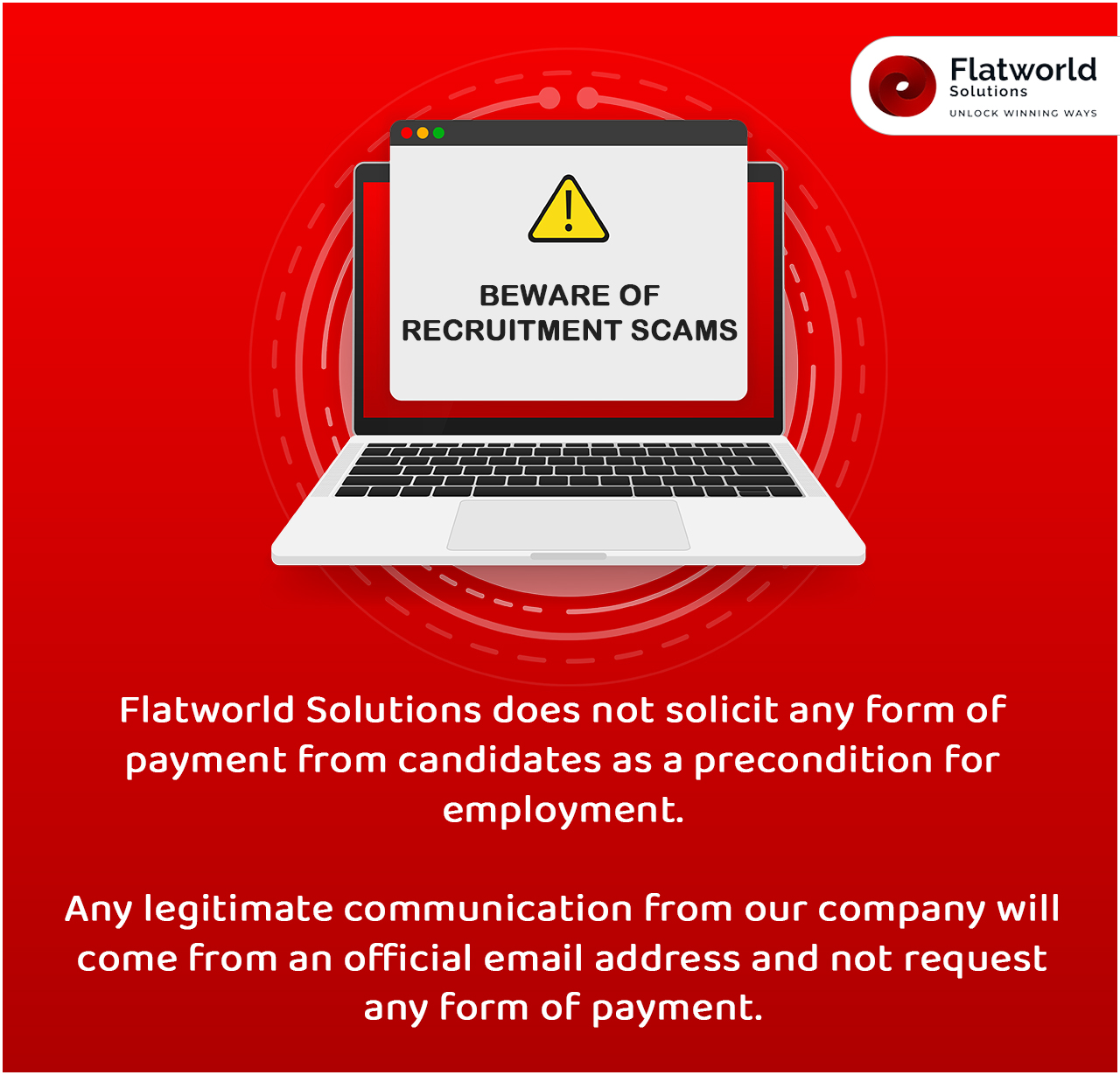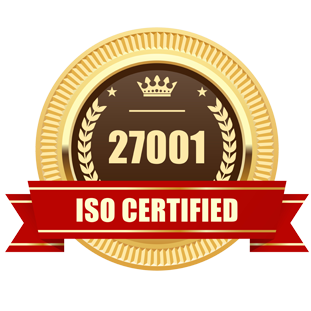Mortgage closing and post-closing are two of the most important but overlooked steps in the mortgage process. Although a final step in finalizing a real estate transaction, the mortgage closing process is now under increased scrutiny because of record foreclosures, especially after the housing market crash of 2009.
The closing day is the final time any last minute changes can be made to the mortgage transaction, and although an important day both for the lender and the soon-to-be homeowner, one must not lose track of the important steps which could result in a successful mortgage lending period.
A Comprehensive Guide to Mortgage Closing: The 10-point FWS Checklist
Once you have opened the sale file and started a closing action log, the following checklist will serve as an ideal guide to mortgage closing -
- Collect as much information about the buyer and their chosen lawyer as you can in as quick a time as possible. Verify the lawyers employment, and whether he is licensed to practice in your state
- Obtain the most recent copy of the sales contract while making sure to clarify all the uncertain terms. Also determine who is paying all the closing process related costs, and which agent is holding the earnest money
- Retrieve all the trailing documents from third parties such as trust deeds, modifications, tax records, UCC (Uniform Commercial Code) records, judgments, etc.
- Confirm with you company and as per records if the loan is assumable. If it is, then request for a loan assumption package and prepare an assumption agreement
- Obtain the exact legal description of the property with the help of your lawyers, the best source for which is mostly the title search
- Also obtain the complete names, home and work contact numbers, marital status, SSN etc. of the seller as well as the buyer and verify against the title document to ensure seller detail correctness
- Verify the commission split and obtain photo identification of all parties involved in the final-day closing process
- Check whether a property survey was ordered, and whether it was completed on time. Also include a copy of the contract and the property appraisal in the closing package
- Check if all zoning certifications have been received, as well as clearance on oil, gas, and minerals, in involved. Also make sure the health department certificate is available in case the property has a septic tank
- Verify whether all parties involved in the closing process have been notified of the time and date, and whether there are any last-minute changes
Above all, always remember that a clean, arranged file with organized documentation is the best way to get started on the day of closing. Not only will you be able to finish the procedure on time, but also ensure adherence to all rules and regulations.
What Makes the Mortgage Closing and Post-Closing Process Important?
With millions of dollars going down the drain after the economy came to a halting stop in 2009, public demand and the general unrest of things made the government sit up and take notice of the lax practices in the mortgage business field prevalent at that time. As a result, mortgage lenders are faced with more stringent lending regulations and paperwork today. The mortgage closing process and the mortgage post-closing process have also seen an increase in scrutiny, thereby necessitating proper documentation of all forms, disclosures, affidavits, sale deed reports, etc. before the transfer of ownership is initiated to the investor or homeowner.
Auditing the closing and post-closing process is therefore extremely important, as unlike before, lenders are extremely apprehensive and judicious in treating this process as part of their profit cycle.
Our Comprehensive Guide to Post-Closing Process
The post-closing mortgage process must include an in-depth review of the loan so as to assess the accuracy, completeness, and integrity of the information which have supported the lender's decision. Since this is the final step where you can audit and ensure all regulations were followed to a T, your review during the post-closing process must include -
- A complete evaluation of the accuracy and correctness of the loan application
- The accuracy and existence of all underwriting documents, including re-verifying them if necessary while ensuring data integrity
- A check of the underwriter's decision which supported the loan application
- Verification of all third-party data analysis tools and reports
- Verification of the appraisal, property eligibility, project eligibility, and the mortgage insurance documentation
- A final check of all compliance with federal, state, and any other local regulations
Along with the above guide to mortgage post-closing process, it is also important to keep in mind that once the closing process is completed, and the post-closing process starts, the recording package needs to be sent to the land records office for final recording, whereupon the original deed copies and deed trust copies are returned back to you, which in turn must be provided to the new homeowner.
Our Related Services
Outsource your Mortgage Closing and Post-closing Process to FWS, the Mortgage Outsourcing Experts
At Flatworld Solutions, we believe that an efficient closing and post-closing process not only helps you remain in compliance, but also works for you in many different beneficial ways long after a homeowner has moved in to the new house.
With an in-depth understanding of US and UK mortgage laws combined with our mortgage domain expertise of 22 years, we have catered to the specific needs of retail lenders, investors, wholesale lenders, service providers, and even private mortgage insurance companies. Our clients have nothing but the best to say about our services, as we continuously evolve and streamline our mortgage outsourcing process to deliver better value for our clients.
Contact us right away for any queries you might have about the mortgage closing process, and partner with an experienced service provider who would help you achieve your long-term goals in a short time!
Contact UsOur Customers





Case Studies
-
Flatworld's Automated Solution - MSuite Reduced Loan Closing Time Significantly for a US Client
-
FWS Used its Tool, MSuite, to Enable a Leading Mortgage Company Streamline its Processes
-
FWS Used its Tool, MSuite, to Enable a Leading Mortgage Company Streamline its Processes
-
FWS Automated the Data Indexing and Extraction Process Using its Tool, MSuite, For a Top Mortgage Company
-
Flatworld Automated Underwriting Processes for a Leading US Residential Lender

USA
Flatworld Solutions
116 Village Blvd, Suite 200, Princeton, NJ 08540
PHILIPPINES
Aeon Towers, J.P. Laurel Avenue, Bajada, Davao 8000
KSS Building, Buhangin Road Cor Olive Street, Davao City 8000
INDIA
Survey No.11, 3rd Floor, Indraprastha, Gubbi Cross, 81,
Hennur Bagalur Main Rd, Kuvempu Layout, Kothanur, Bengaluru, Karnataka 560077







